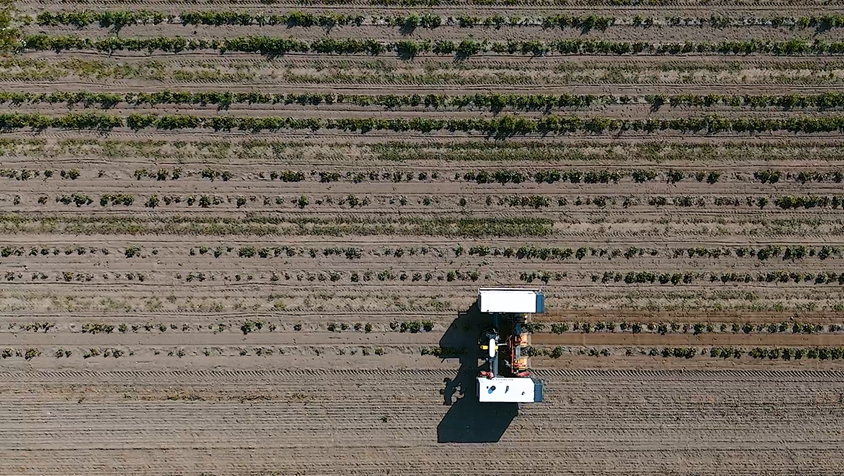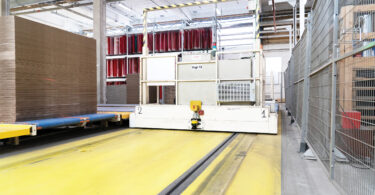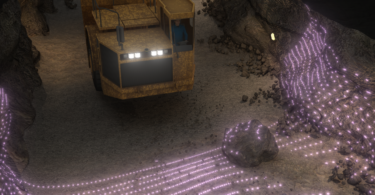How SICK’s radar sensors helped Agrointelli’s ROBOTTI go from field hiccups to flawless autonomy—rain, dust, and dogs included.
Autonomous farming is no longer a futuristic concept—it’s happening now. And Agrointelli’s ROBOTTI is leading the charge. But when you take robots off the lab floor and into the unpredictable world of agriculture, you need more than smart software. You need sensors that can handle dust, rain, fog, and the occasional curious dog. That’s where SICK’s safeRS3 radar sensor comes in.
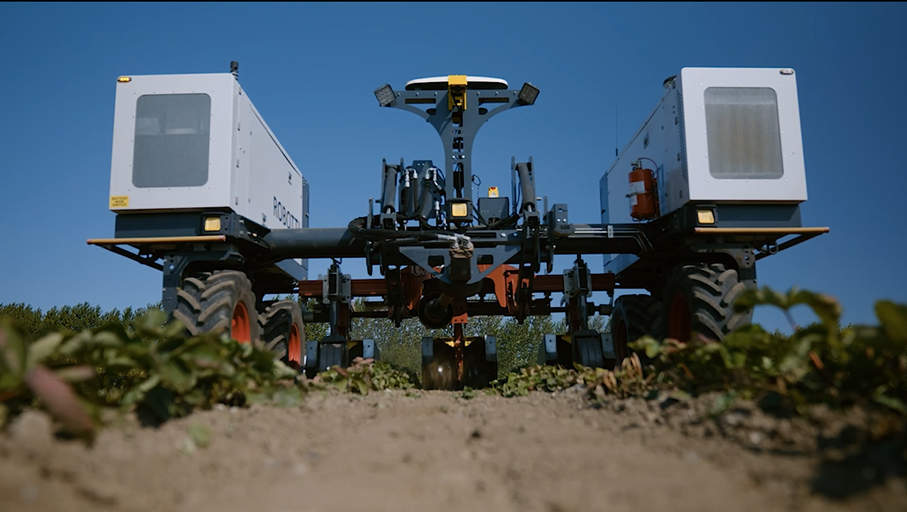
The Challenge: Making Autonomy Work in the Real World
Agrointelli, a Danish ag-tech innovator, developed ROBOTTI to automate repetitive field tasks like sowing, weeding, and tilling. The goal? Free up farmers from long hours on the tractor and let them focus on higher-value work.
But autonomy in agriculture isn’t easy. Open fields are full of surprises—wildlife, fallen branches, changing weather. Early versions of ROBOTTI relied on optical sensors, which struggled with false stops triggered by dust clouds, rain, or even birds flying by. Each false alarm meant a manual restart, slowing productivity and frustrating users.
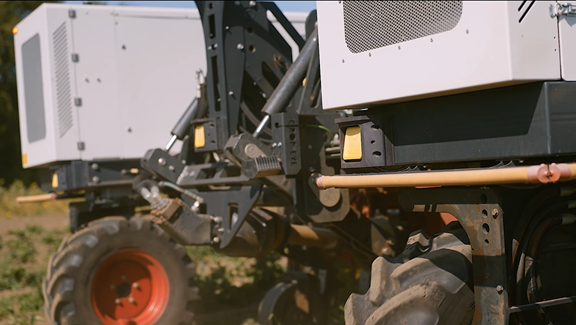
The Solution: Radar That Sees What Matters
To boost reliability, Agrointelli turned to SICK’s safeRS3 radar sensor—a game-changer for outdoor automation. Unlike optical systems, radar detects motion and object size, not visual contrast. That makes it ideal for dusty, foggy, or rainy conditions.
The safeRS3 is built for safety-critical applications and can monitor two detection zones:
- Warning zone: ROBOTTI slows down.
- Safety zone: ROBOTTI performs a full emergency stop.
This layered response helps the robot react appropriately to different obstacles—whether it’s a person, a tree branch, or a large animal.
“We’re constantly optimizing ROBOTTI with the latest technologies,” said Hans Christian Carstensen, Product Manager at Agrointelli. “SICK’s radar lets us detect humans and large obstacles while ignoring plants and weeds.”

More Than a Sensor—A True Collaboration
SICK didn’t just ship a sensor—they partnered with Agrointelli to make sure it worked in the field. From demo units and software support to custom mounting brackets, SICK helped integrate the radar quickly and safely.
“SICK understood our needs and worked with us to build a practical, safe system,” said Ole Green, CEO of Agrointelli. “Their support made testing and implementation much smoother.”
Built-In Safety Certification = Faster Time to Market
Safety compliance can be a major hurdle in autonomous systems. With previous sensors, Agrointelli had to build its own safety framework from scratch. But SICK’s safeRS3 comes pre-certified for safety applications, complete with documentation and software support—saving time, resources, and headaches.
“We’re proud to launch a proven, safety-certified radar system with SICK,” said Søren Kirkegaard Nielsen, CTO of Agrointelli. “It’s a major step forward for ROBOTTI’s automation technology.”
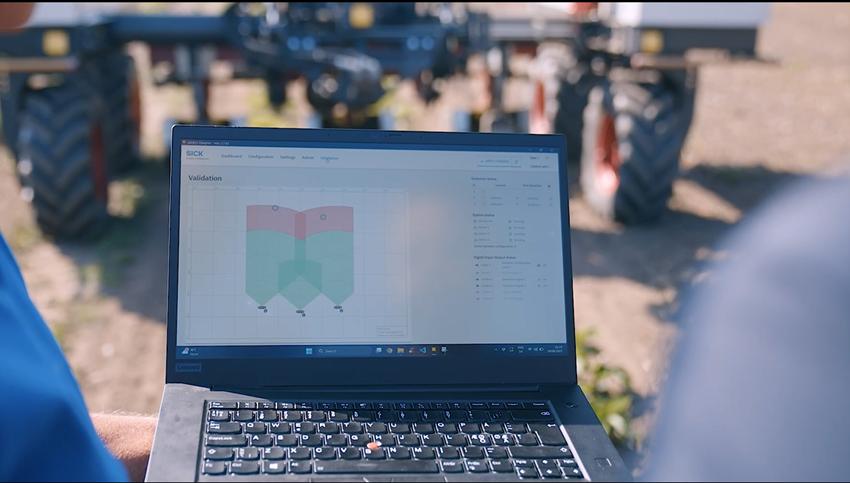
The Results: Fewer False Stops, More Confidence
Since switching to radar, ROBOTTI has become more stable and reliable. Operators experience fewer interruptions, and the robot can run longer without manual resets. Plus, users can now see obstacle data in real time—building trust in the system’s safe operation.
“SICK’s radar gives us reliable obstacle detection and lets users intuitively trust ROBOTTI,” said Gareth Edwards, Product Manager for Digital Infrastructure.
Looking Ahead: Smarter Fields, Stronger Partnerships
As autonomous agriculture evolves, Agrointelli is ready to tackle more complex tasks and environments. With SICK’s radar technology and safety expertise, they’ve built a foundation for scalable, dependable automation.


